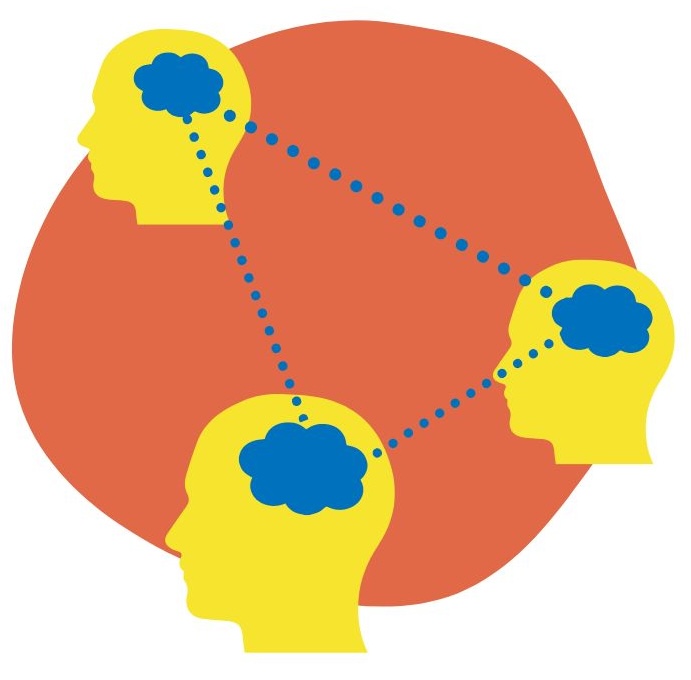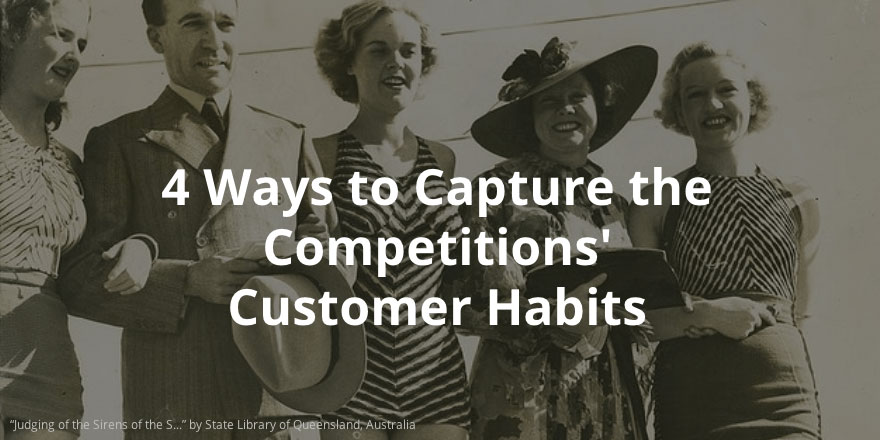Let’s say you’ve built the next big thing. You’re ready to take on the world and make billions. Your product is amazing and you’re convinced you’ve bested the competition. As a point of fact, you know you offer the very best solution in your market. But here’s the rub. If your competition has established stronger customer habits than you have, you’re in trouble.
The cold truth is that the better product does not necessarily win. However, there’s hope. The right strategy can crowbar the competition’s users’ habits, giving you a chance to win them over.
To understand how to change customer habits, we first need to understand what habits are and how they take hold. Simply put, habits are behaviors done with little or no conscious thought. Research shows almost half of what we do, day in and day out, is driven by these impulsive behaviors.
Consider just about any product you find yourself using without thinking and you’ll find a hook. Do you sometimes check your phone without really knowing why? Hook. Ever opened Facebook or Twitter to do just one thing only to find yourself scrolling and tapping 30 minutes later? Hook. Have you ever found yourself unable to stop playing a game like Candy Crush Saga or Angry Birds? Hook, hook, and more hooks.
Hooks have four basic parts: a trigger, action, reward and investment. User habits are valuable precisely because they do such a good job of keeping competitors out, making it exceptionally difficult for a new company to shake users from their existing routines. Here are the four ways fledgling products can win over users from the competition and successfully migrate them from one product habit to another.
1. Faster hooks.
In his book Something Really New, author Denis J. Hauptly deconstructs the process of innovation into its most fundamental steps. First, Hauptly states, understand the reason people use a product or service. Next, lay out the steps the customer must take to get the job done. Finally, once the series of tasks from intention to outcome is understood, simply start removing steps until you reach the simplest possible process.
Though it’s excruciatingly simple, understanding Hauptly’s first principles yield big results. Removing steps between the user’s recognition of a need and the satiation of that desire is at the core of all innovation, from the cotton gin to the iPhone. Products that can shuttle customers through the four steps of the hook more quickly than competitors, stand a good chance of winning them over to new routines.
For example, take the corporate collapse of Blockbuster at the hands of Netflix. Customers could watch the same movies at relatively similar prices from either movie rental company. Yet, the ease of having a film always ready to watch, versus needing to drive to a store to pick up the flick, delivered the reward faster. The ease of satiating the need and passing through the hook more quickly made all the difference. Movie enthusiasts migrated their habits to Netflix and Blockbuster subsequently filed for bankruptcy.
2. Better reward.
Our brains crave stimulation. Whenever an experience is more satisfying, more interesting, or more rewarding, we want more of it. Sometimes products establish new habits just because using them feels better.
For example, take Snapchat, the massively popular messaging app, which 77 percent of American college students say they use every day. The company is rumored to have turned down a $3 billion acquisition offer by Facebook, conceivably prompted by Mark Zuckerberg’s fear of losing his grip on college kids’ habits.
But why do so many users impulsively open Snapchat instead of Facebook? For many people, Snapchat is more rewarding. Whereas using Facebook involves scrolling through a cluttered newsfeed of ads, posts from distant acquaintances, and messages from tragically uncool relatives, Snapchat delivers pure high-octane excitement.
A defining Snapchat feature is that messages sent through the app can self-destruct — the receiver has just a few seconds to view the image before it’s gone. Facebook posts stay on the Net forever, whereas Snapchat gives users more freedom to share with, shall we say, indiscretion.
In a recent survey, 14 percent of users admitted to sexting on Snapchat. Though the study found that sharing pics of naughty bits doesn’t occur often, it is one example of what makes the app more enticing.
The ability to share spontaneous (and often embarrassing) images without fear they’ll linger on the web generates more interesting messages for the receiver and therefore increases the likelihood of using the app. If a user was to receive two messages simultaneously, one a message on Facebook and the other on Snapchat, it’s the more rewarding app that gets clicked.
Behavior Can Be Designed.
Download our course on Product Psychology.
Your email address is safe. I don't do the spam thing. Unsubscribe anytime. Privacy Policy.

3. Higher frequency.
Studies show behaviors done more often have a higher habit-forming potential while those done less often do not usually become routines. When it comes to pulling users away from their existing habits, products that can engage users more frequently than their competitors, have a better shot at bringing users back.
Every few years, a new way of engaging customers becomes possible. What I call an “interface change,” reshuffles the deck of user behavior and creates new opportunities to form habits. For example, successive interface changes occurred with adoption of the personal computer, then widespread Internet connectivity, then mobile devices, and now the coming of wearables. Each created an opportunity to shift customer behavior out of existing routines and into new, more frequently used interfaces.
When Amazon first began selling books online in the 1990s, it made shopping a more frequent behavior by putting the store inside the customer’s home via the Internet. Today, Amazon has become the world’s “everything store” and threatens all offline retailers with the ease and convenience of shopping for whatever whenever. In many households, dropping an item into their Amazon cart is something done nearly every day.
4. Easier in.
A characteristic of many habit-forming products is that they are easy to start and hard to stop. By breaking down some barrier to begin using the product, companies have found success wooing users away from competitors.
For example, though Microsoft Office is still the world’s most popular productivity software, the suite has come under attack by rivals such as Google and Apple who each removed a major barrier to start using their software by making it free and easy to use. When Google Docs first launched, it provided a fraction of the functionality offered by Office. But at the time using Office required downloading and paying for the software while Google Docs provided immediate entry.
Over time, learning how to use Google Docs, creating new files and inviting others to share those documents online, all made leaving difficult. The more the product was used, the more the habit took hold.
The Monopoly in the mind
Habit-forming products utilize four strategies to get inside users’ heads. By shuttling users through the four steps of the hook faster, better, more frequently, or by making it easier to start using the product in the first place, companies can wrestle user habits away from incumbent competitors.
Related Articles
- Schedule Maker: a Google Sheet to Plan Your Week
- Cancel the New York Times? Good Luck Battling “Dark Patterns”
- How to Start a Career in Behavioral Design
- A Free Course on User Behavior
- User Investment: Make Your Users Do the Work
- Variable Rewards: Want To Hook Users? Drive Them Crazy
- The Hooked Model: How to Manufacture Desire in 4 Steps

